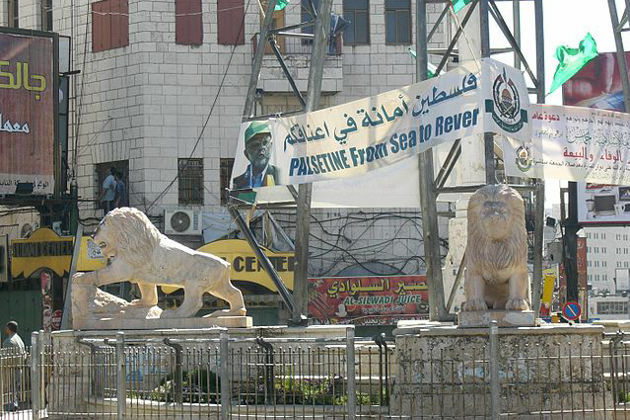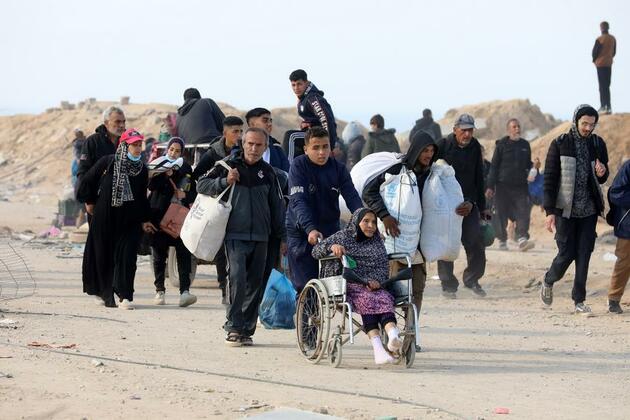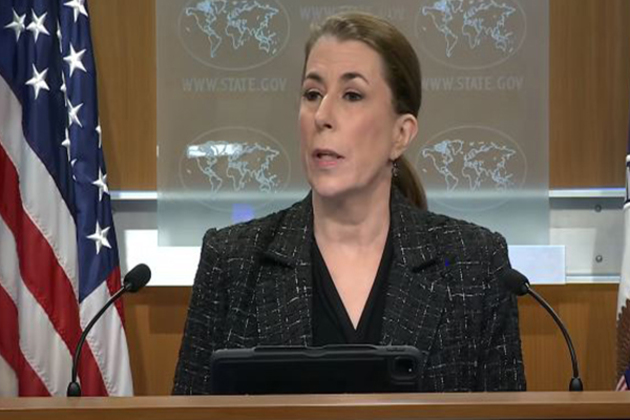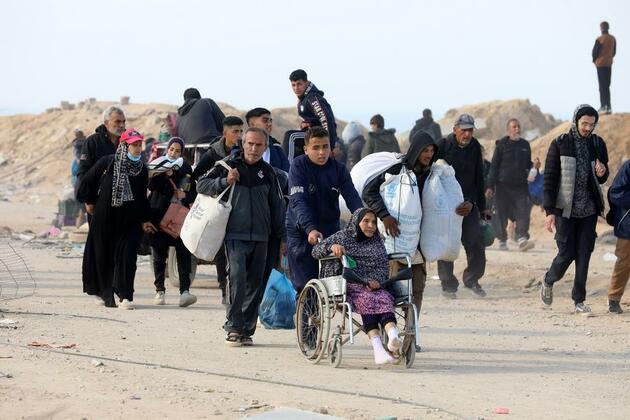Guests at a feast in Iran's Zagros Mountains 11,000 years ago brought wild boars from all across the land
The Conversation
11 Jul 2025, 03:03 GMT+10
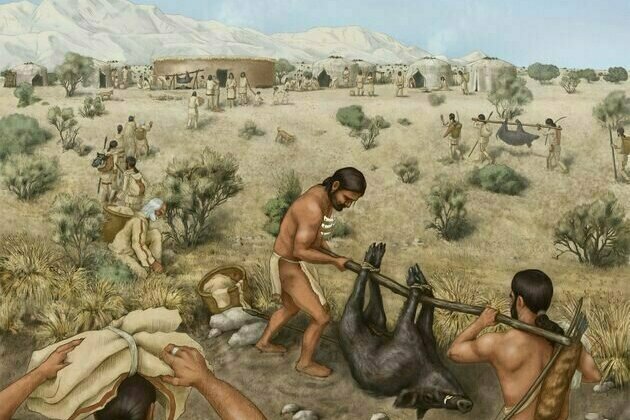
Have you ever stopped by the grocery store on your way to a dinner party to grab a bottle of wine? Did you grab the first one you saw, or did you pause to think about the available choices and deliberate over where you wanted your gift to be from?
The people who lived in western Iran around 11,000 years ago had the same idea - but in practice it looked a little different. In our latest research, my colleagues and I studied the remains of ancient feasts at Asiab in the Zagros Mountains where people gathered in communal celebration.
The feasters left behind the skulls of 19 wild boars, which they packed neatly together and sealed inside a pit within a round building. Butchery marks on the boar skulls show the animals were used for feasting, but until now we did not know where the animals came from.
By examining the microscopic growth patterns and chemical signatures inside the tooth enamel of five of these boars, we found at least some of them had been brought to the site from a substantial distance away, transported over difficult mountainous terrain. Bringing these boars to the feast - when other boars were available locally - would have taken an enormous amount of effort.
Feasting activities are widely documented in the archaeological record, primarily from communities that rely on agriculture to generate a food surplus. In fact, it has been suggested feasting may have been a driving force behind the adoption of agriculture, although this theory has been widely debated.
While evidence from after the adoption of agriculture is plentiful from all reaches of the globe, evidence pre-dating agriculture is more sparse.
What is special about the feast at Asiab is not only its early date and that it brought together people from wider reaches of the region. It is the fact that people who participated in this feast invested substantial amounts of effort, so that their contributions involved an element of geographic symbolism.
Food and long-standing culinary traditions form an integral component of cultures all over the globe. It is for this reason that holidays, festivals, and other socially meaningful events commonly involve food.
We cannot imagine Christmas without the Christmas meal, for example, or Eid without the food gifts, or Passover without matzo ball soup.
What's more, food makes for gifts that are highly appreciated. The more a food item is reminiscent of a specific country or location, the better. It is for this reason that cheese from France, crocodile jerky from Australia, and black chicken from Korea make for good currency in the world of gift giving.
Just like today, people who lived in the past noticed the importance of reciprocity and place, and formulated customs to celebrate them publicly.
At ancient feasts at Stonehenge, for example, research has shown people ate pigs brought from wide reaches of Britain. Our new findings provide the first glimpse of similar behaviour in a pre-agricultural context.
Did you know that teeth grow like trees? Much like trees and their annual growth rings, teeth deposit visible layers of enamel and dentine during growth.
These growth layers track daily patterns of development and changes in the dietary intake of certain chemical elements. In our study, we sliced the teeth of wild boars from Asiab in a way that allowed us to count these daily growth layers under the microscope.
We then used this information to measure the composition of enamel secreted at approximately weekly intervals. The variability in the isotopic ratios we measured suggests at least some of the wild boars used in the feast at Asiab came from considerable distance: possibly from at least 70 km, or two or more days' travel.
The most likely explanation is that they were hunted in farther reaches of the region and transported to the site as contributions to the feast.
Reciprocity is at the heart of social interactions. Just like a thoughtfully chosen bottle of wine does today, those boars brought from far and wide may have served to commemorate a place, an event and social bonds through gift-giving.
 Share
Share
 Tweet
Tweet
 Share
Share
 Flip
Flip
 Email
Email
Watch latest videos
Subscribe and Follow
Get a daily dose of Iran Herald news through our daily email, its complimentary and keeps you fully up to date with world and business news as well.
News RELEASES
Publish news of your business, community or sports group, personnel appointments, major event and more by submitting a news release to Iran Herald.
More InformationBusiness
SectionEx-UK PM Sunak takes advisory role at Goldman Sachs
NEW YORK CITY, New York: Former British prime minister Rishi Sunak will return to Goldman Sachs in an advisory role, the Wall Street...
Gold ETF inflows hit 5-year high as tariffs drive safe-haven bets
LONDON, U.K.: Physically backed gold exchange-traded funds recorded their most significant semi-annual inflow since the first half...
PwC: Copper shortages may disrupt 32 percent of chip output by 2035
AMSTERDAM, Netherlands: Some 32 percent of global semiconductor production could face climate change-related copper supply disruptions...
U.S. stocks recover after Trump-tariffs-induced slump
NEW YORK, New York - U.S. stocks rebounded Tuesday with all the major indices gaining ground. Markets in the UK, Europe and Canada...
Stocks slide as Trump unveils 25% tariffs on Japan, S. Korea
NEW YORK CITY, New York: Financial markets kicked off the week on a cautious note as President Donald Trump rolled out a fresh round...
BRICS issues rebuke on trade and Iran, avoids direct US criticism
RIO DE JANEIRO, Brazil: At a two-day summit over the weekend, the BRICS bloc of emerging economies issued a joint declaration condemning...
Middle East
SectionSaudi Aramco plans asset sales to raise billions, say sources
DUBAI, U.A.E.: Saudi Aramco is exploring asset sales as part of a broader push to unlock capital, with gas-fired power plants among...
Netanyahu vows 'No Hamas' in postwar Gaza amid peace talks
CAIRO, Egypt: This week, both Hamas and Israel shared their views ahead of expected peace talks about a new U.S.-backed ceasefire plan....
Netanyahu congratulates security who killed 'vile' Gush Etzion terrorists
Tel Aviv [Israel], July 11 (ANI/TPS): Israeli Prime Minister Benjamin Netanyahu spoke Thursday afternoon with the head of the Gush...
Daily World Briefing, July 11
UN humanitarians say first fuel in 130 days allowed into Gaza but much more needed The first batch of fuel in more than four months...
"Do not travel to Iran": US State Department warns Americans of travel risks
Washington, DC [US], July 11 (ANI): The US State Department has announced a new awareness campaign warning Americans, particularly...
UN humanitarians say first fuel in 130 days allowed into Gaza but much more needed
Fuel is only one of so many problems when death, destruction and displacement are being reported daily, as hopes for a possible ceasefire...








